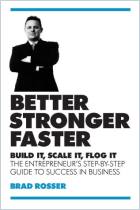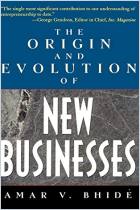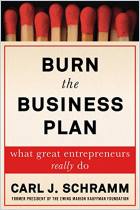More than 90% of start-ups change their initial business plans and many start-ups fail. Often, this happens because their owners don’t understand the start-up journey or its various phases. Entrepreneur Howard Love applies his 35 years of experience and numerous successful start-up runs to explaining the ups and downs and sometimes obscure rhythms of developing a successful business. With his grasp of crucial subtle details and his clear explication of the big picture, Love’s advice proves easy to follow, comprehensive and practical. getAbstract recommends his guidance to anyone considering a start-up and to entrepreneurs in their company’s early years.
Successful Start-Ups
More than 90% of start-ups have to change their initial business plans, even two or three times, before they succeed. Most new firms change their products just as often. This generally surprises new entrepreneurs, who often launch start-ups expecting to work with one plan and one product.
Every successful start-up goes through the six phases of the “Start-up J Curve.” The J-curve graphic depicts the stages of the hard work of building enterprise value: Picture a letter J: the challenging first four stages – “create, release, morph and model” – make up the “base of the letter,” which is the challenging “valley of death.” The “scale” and “harvest” stages represent the vertical portion of the letter, when a company begins to earn increasing profits. The realization of value follows in the later stages.
Entrepreneurs can draw three truths from the J Curve:
- Iterations count more than the original product concept.
- Customer feedback is worth more than customer sales.
- Flexibility is more valuable than the initial idea for the business.
Successful entrepreneurs should ask what ...



















Comment on this summary